It’s time, once again, to talk about reducing the fire hose of information. It’s been a few years since the last time I went through this. In the intervening time there’s been a fairly huge upheaval in the social media landscape with Instagram, Reddit, X Twitter, etc all managing to make their way onto and off of my phone. So I thought I’d summarize for myself here the state of play at the start of 2025 (and compare and contrast with where things were back in 2017).
Author: Brian
-
Reducing infinites, 2025 edition
-
2020 Year in Review (sort of)
How to talk about travel and work in 2020. There’s the usual thoughts about the meetings that didn’t happen, travel that could have been, and friends that we haven’t seen. This isn’t so much a rehash of the year as it is a retrospective on things how things started and how things are going.
(more…) -
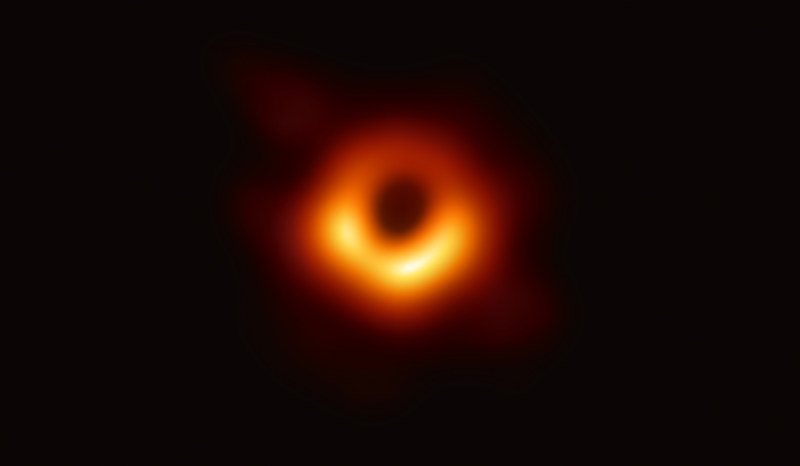
All the way down into a black hole
There’s been just a little excitement about the latest findings of the Event Horizon Telescope (EHT) not the least of which is that they’ve actually got a picture of a black hole. And, to quote my wife, “When I check Facebook and all of my theatre friends are posting about black holes I know it’s an exciting day in science.”
Now, while I work on black holes, the photons that I use to study them are carry about a million times more energy per photon than the ~mm radio photons that are used by the EHT. Even so, let’s try to break out what’s cool and exciting about this new result.
(more…) -
2018 in Review, Travel Log
As you probably know, the life of an astronomer is usually one filled with travel. If you’re an optical astronomer (I’m not), then this also includes jetting off around the globe to observe at a variety of observatories that are usually located in the middle of nowhere. This year was no different for me, but I think it’s worth looking back at the travel that came about this year (if for no other reason than for me to remember all of the places I’ve been and why I feel tired all of the time).
This draft has been hiding in my “To finish” folder since mid-December, so I’m pushing out Part I here.
(more…) -
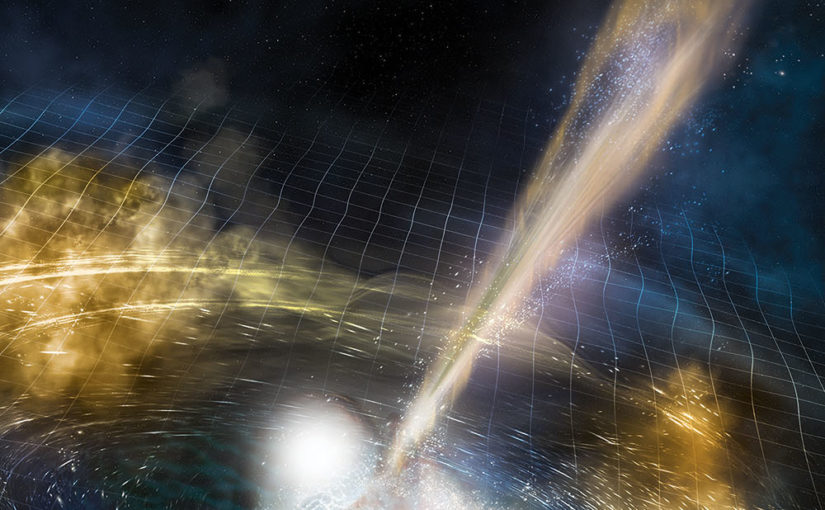
Gravitational Waves and Gamma-ray Bursts
There are (at least) three paths that lead to excitement in the LIGO data, so understanding why all of the scientists all over the world are so excited can be a little confusing. I’m going to try to walk through them (briefly) at the request of a friend.
Just to put this in perspective, nearly everyone who works in any kind of astronomy on the planet is working on this right now, and the nuances of what’s interesting and/or important won’t become clear for another few years.
That being said, no one has ever accused me of not liking to talk (at length) about something that’s interesting (and that I know a little about), so here we go.
-
Shooting Jupiter

This enhanced color view of Jupiter’s south pole was created by citizen scientist Gabriel Fiset using data from the JunoCam instrument on NASA’s Juno spacecraft. Image Credit: NASA/Juno Image GalleryOkay, this qualifies as an exciting week for me. NuSTAR is pointing at Jupiter at the same time as Juno (which took the amazing image above) is at it’s closest approach to Jupiter (also known as a “perijove”). Part of my job is figuring out how to target objects that move in the sky (Jupiter, the Sun, the Moon, etc), so this week is a bit of a test.
(more…) -
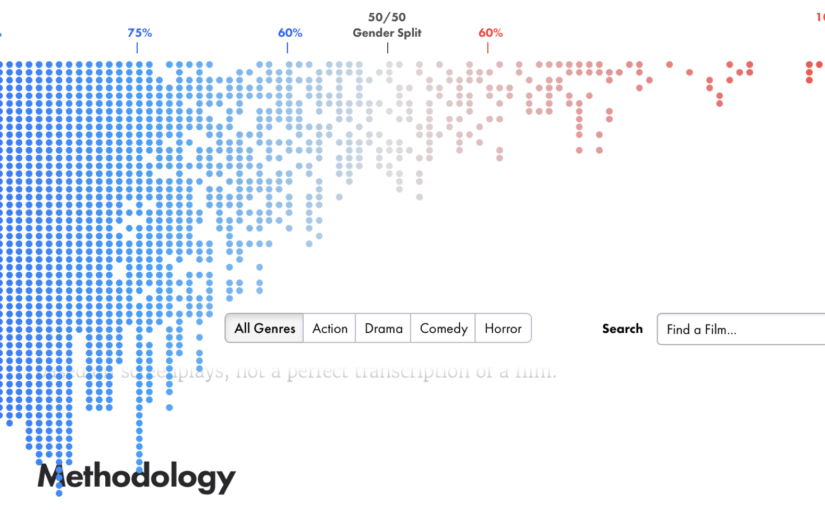
Good figures, or bad figures?
With the propagation of data science throughout most industries, the quality of inventive graphics on websites has gone through the roof. This page came across my Facebook feed and is a great example of how awesome interactive graphics can be on a site.
Let’s play “Good figures, or bad figures?”!
-
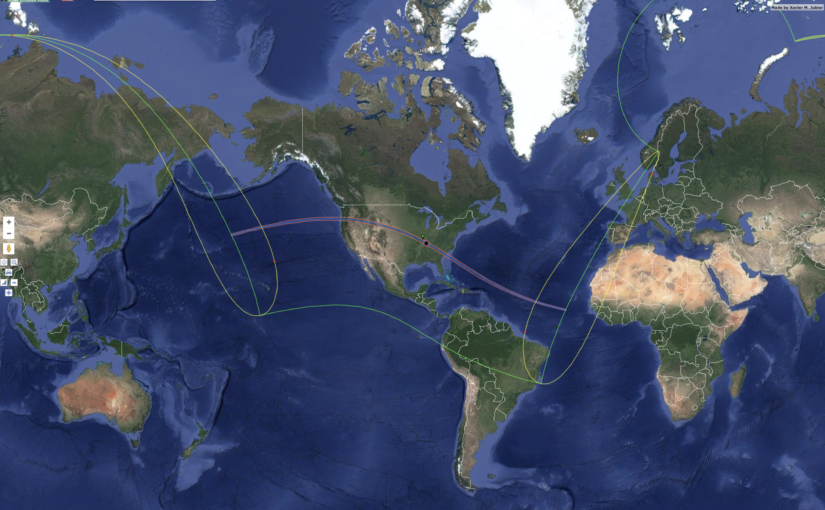
Solar Eclipse Totality
If you’ve been paying attention this year, you may know that there’s a total Solar eclipse crossing the lower 48 this August. This will be a total solar eclipse, meaning that the Moon will be close enough to the Earth so that it will completely block out the Sun (unlike during an annular eclipse, when the Moon is just a little farther away and only covers most of the solar disk).
This is also the first total eclipse visible from the Lower 48 in the last century.
In one of my meetings this morning someone mentioned that there are a bunch of awesome interactive Google Maps that have been generated to show the track of the eclipse.
Go play, it’s fun.
-
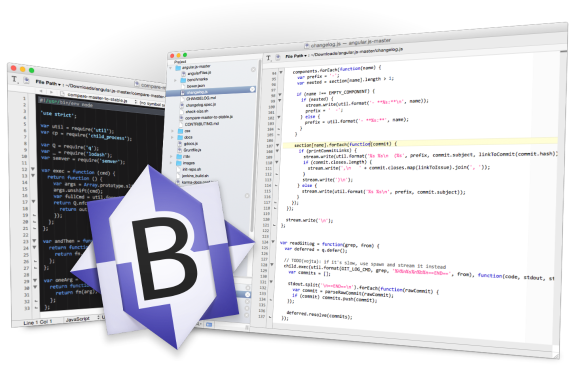
BBEdit and IDL
Okay, so I’ve been trying to wean myself off of IDL in favor of python. Sometimes after you tell yourself you’re not going to develop in a language again you find an awesome new tool…
(more…) -
Spring Cleaning (travel mind edition)
This year my travel has been fairly hectic. While it’s rather on par (or below) for a scientist, this means that it’s above and beyond the pale for a “normal” person.